
Cell Therapy Technologies Market Trends, Size, Analysis, Growth, Challenges, Future Outlook
Cell Therapy Technologies Market Growth, Size, Trends Analysis - By Product, By Process, By Cell Type, By Application, By End User - Regional Outlook, Competitive Strategies and Segment Forecast to 2034
| Published: Jan-2025 | Report ID: HLCA2503 | Pages: 1 - 249 | Formats*: |
| Category : Healthcare | |||


- Lonza and Vertex Pharmaceuticals Incorporated announced a joint venture in June 2023 to enable the production of Vertex's line of experimental stem cell treatments. In particular, the VX-880 and VX-264 programs that are presently undergoing clinical trials are intended to help people with Type 1 Diabetes (T1D).
- Lonza and Vertex signed a commercial supply contract for CASGEVY, the first CRISPR/Cas9 gene-edited cell therapy, in September 2024.
- In June 2024, Thermo Fisher introduced the Thermo Scientific Heracell VIOS 250i AxD CO2 Incubators, enhancing lab automation for new cell therapy processes.
- Danaher Corporation and the University of Pennsylvania began a strategic partnership in March 2023 to address manufacturing issues that are impeding the adoption of cellular immunotherapies.
| Report Metric | Details |
| Market size available for years | 2020-2033 |
| Base year considered | 2023 |
| Forecast period | 2024-2033 |
| Segments covered | By Product, By Process, By Cell Type, By Application, By End User |
| Regions covered | North America, Latin America, Asia-Pacific, Europe, and Middle East & Africa |
| Companies Covered | Danaher Corporation, Merck KGaA, Thermo Fisher Scientific Inc, Lonza, Sartorius AG, Agilent Technologies, Inc, Bio-Techne, Avantor, Inc, Genscript, BD, Corning Incorporated. |
- Global Cell Therapy Technologies Market Size (FY’2021-FY’2034)
- Overview of Global Cell Therapy Technologies Market
- Segmentation of Global Cell Therapy Technologies Market By Product (Media, Sera & Reagents, Cell Engineering Products, Cell Culture Vessels, Cell Therapy Equipment, Systems & Software, and Other Products)
- Segmentation of Global Cell Therapy Technologies Market By Process (Cell Processing, Cell Preservation, Cell Distribution, Cell Handling, Process Monitoring & Quality Control)
- Segmentation of Global Cell Therapy Technologies Market By Cell Type (T-Cells, Stem Cells, Other Cells)
- Segmentation of Global Cell Therapy Technologies Market By Application (Cancer, Cardiovascular Disease, Orthopedic Disorders, Autoimmune Diseases, Other Applications)
- Segmentation of Global Cell Therapy Technologies Market By End User (Biopharmaceutical and Biotechnology Companies, CROs and CMOs, Research Institutes, Cell Banks)
- Statistical Snap of Global Cell Therapy Technologies Market
- Expansion Analysis of Global Cell Therapy Technologies Market
- Problems and Obstacles in Global Cell Therapy Technologies Market
- Competitive Landscape in the Global Cell Therapy Technologies Market
- Details on Current Investment in Global Cell Therapy Technologies Market
- Competitive Analysis of Global Cell Therapy Technologies Market
- Prominent Players in the Global Cell Therapy Technologies Market
- SWOT Analysis of Global Cell Therapy Technologies Market
- Global Cell Therapy Technologies Market Future Outlook and Projections (FY’2025-FY’2034)
- Recommendations from Analyst
1.1. Scope of the report1.2. Market segment analysis
2.1. Research data source2.1.1. Secondary Data2.1.2. Primary Data2.1.3. SPERs internal database2.1.4. Premium insight from KOLs2.2. Market size estimation2.2.1. Top-down and Bottom-up approach2.3. Data triangulation
4.1. Driver, Restraint, Opportunity and Challenges analysis4.1.1. Drivers4.1.2. Restraints4.1.3. Opportunities4.1.4. Challenges
5.1. SWOT Analysis5.1.1. Strengths5.1.2. Weaknesses5.1.3. Opportunities5.1.4. Threats5.2. PESTEL Analysis5.2.1. Political Landscape5.2.2. Economic Landscape5.2.3. Social Landscape5.2.4. Technological Landscape5.2.5. Environmental Landscape5.2.6. Legal Landscape
5.3. PORTER’s Five Forces
5.3.1. Bargaining power of suppliers5.3.2. Bargaining power of buyers5.3.3. Threat of Substitute5.3.4. Threat of new entrant5.3.5. Competitive rivalry5.4. Heat Map Analysis
6.1. Global Cell Therapy Technologies Market Manufacturing Base Distribution, Sales Area, Product Type6.2. Mergers & Acquisitions, Partnerships, Product Launch, and Collaboration in Global Cell Therapy Technologies Market
7.1. Media7.2. Sera & Reagents,7.3. Cell Engineering Products7.4. Cell Culture Vessels7.5. Cell Therapy Equipment7.6. Systems & Software7.7. Other Products
8.1. Cell Processing8.2. Cell Preservation8.3. Cell Distribution8.4. Cell Handling8.5. Process Monitoring & Quality Control
9.1. T-Cells9.2. Stem cells
10.1. Cancer10.2. Cardiovascular disease (CVD)10.3. Orthopaedic disorders10.4. Autoimmune diseases10.5. Other applications
11.1. Biopharmaceutical & Biotechnology Companies11.2. CROs & CMOs11.3. Research Institutes11.4. Cell Banks
12.1. Global Cell Therapy Technologies Market Size and Market Share
13.1. Asia-Pacific13.1.1. Australia13.1.2. China13.1.3. India13.1.4. Japan13.1.5. South Korea13.1.6. Rest of Asia-Pacific13.2. Europe13.2.1. France13.2.2. Germany13.2.3. Italy13.2.4. Spain13.2.5. United Kingdom13.2.6. Rest of Europe13.3. Middle East and Africa13.3.1. Kingdom of Saudi Arabia13.3.2. United Arab Emirates13.3.3. Qatar13.3.4. South Africa13.3.5. Egypt13.3.6. Morocco13.3.7. Nigeria13.3.8. Rest of Middle-East and Africa13.4. North America13.4.1. Canada13.4.2. Mexico13.4.3. United States13.5. Latin America13.5.1. Argentina13.5.2. Brazil13.5.3. Rest of Latin America
14.1. Danaher Corporation14.1.1. Company details14.1.2. Financial outlook14.1.3. Product summary14.1.4. Recent developments14.2. Merck KGaA14.2.1. Company details14.2.2. Financial outlook14.2.3. Product summary14.2.4. Recent developments14.3. Thermo Fisher Scientific Inc14.3.1. Company details14.3.2. Financial outlook14.3.3. Product summary14.3.4. Recent developments14.4. Lonza14.4.1. Company details14.4.2. Financial outlook14.4.3. Product summary14.4.4. Recent developments14.5. Sartorius AG14.5.1. Company details14.5.2. Financial outlook14.5.3. Product summary14.5.4. Recent developments14.6. Agilent Technologies, Inc14.6.1. Company details14.6.2. Financial outlook14.6.3. Product summary14.6.4. Recent developments14.7. Bio-Techne14.7.1. Company details14.7.2. Financial outlook14.7.3. Product summary14.7.4. Recent developments14.8. Avantor, Inc14.8.1. Company details14.8.2. Financial outlook14.8.3. Product summary14.8.4. Recent developments14.9. Genscript14.9.1. Company details14.9.2. Financial outlook14.9.3. Product summary14.9.4. Recent developments14.10. BD14.10.1. Company details14.10.2. Financial outlook14.10.3. Product summary14.10.4. Recent developments14.11. Corning Incorporated14.11.1. Company details14.11.2. Financial outlook14.11.3. Product summary14.11.4. Recent developments14.12. Others
SPER Market Research’s methodology uses great emphasis on primary research to ensure that the market intelligence insights are up to date, reliable and accurate. Primary interviews are done with players involved in each phase of a supply chain to analyze the market forecasting. The secondary research method is used to help you fully understand how the future markets and the spending patterns look likes.
The report is based on in-depth qualitative and quantitative analysis of the Product Market. The quantitative analysis involves the application of various projection and sampling techniques. The qualitative analysis involves primary interviews, surveys, and vendor briefings. The data gathered as a result of these processes are validated through experts opinion. Our research methodology entails an ideal mixture of primary and secondary initiatives.
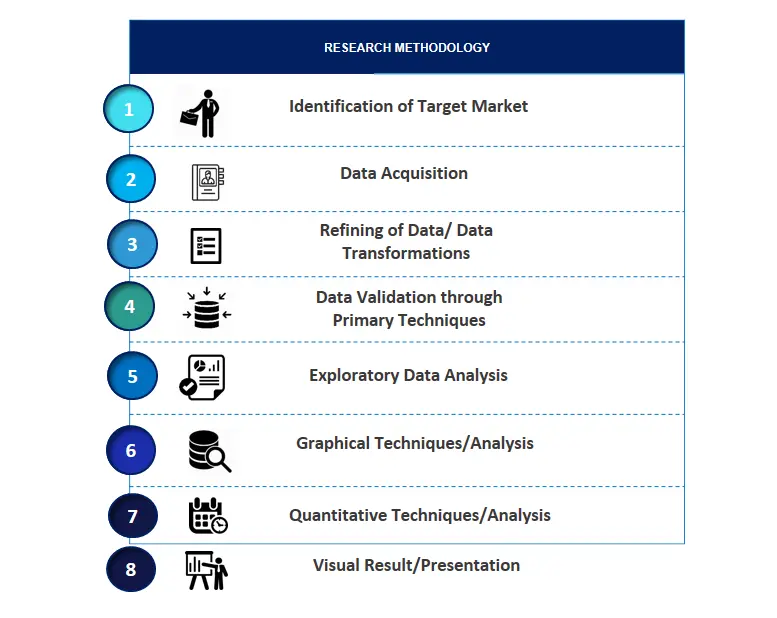
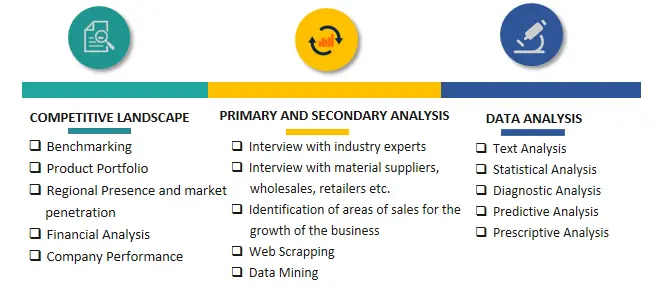

Frequently Asked Questions About This Report
PLACE AN ORDER
Year End Discount
Sample Report
Pre-Purchase Inquiry
NEED CUSTOMIZATION?
Request CustomizationCALL OR EMAIL US
100% Secure Payment
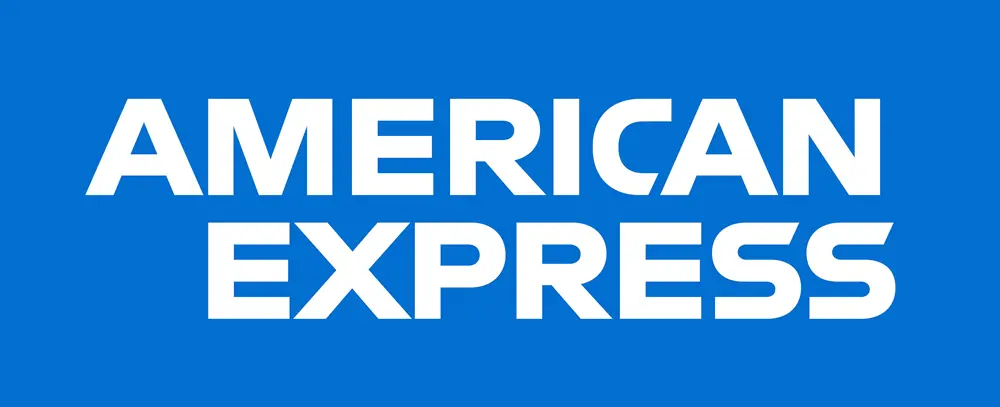

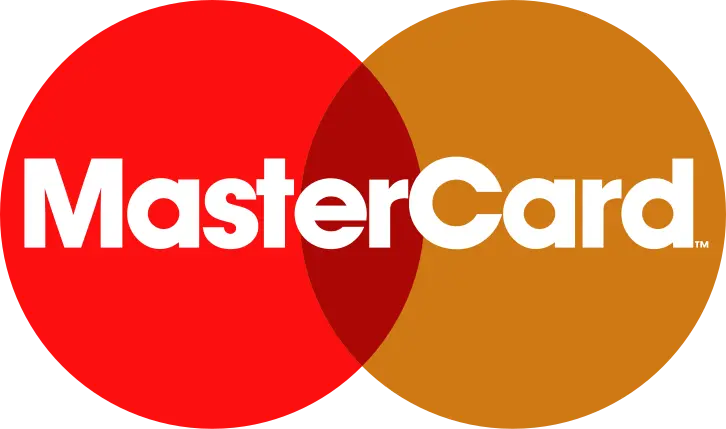
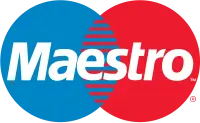


Related Reports
Our Global Clients
Our data-driven insights have influenced the strategy of 200+ reputed companies across the globe.




















